Ginger is a versatile and flavorful ingredient used in cuisines around the world. But did you know that there are actually many different varieties of edible ginger plants? Being able to identify these plants can allow you to grow your own ginger at home or forage for wild ginger. This guide will provide an overview of edible ginger plant identification using pictures and descriptions.
Why Identify Edible Ginger Plants?
Identifying edible ginger plants is useful for several reasons
-
Grow your own: If you can identify ginger plants, you can grow them yourself and have access to fresh ginger root for cooking and natural remedies.
-
Forage wild ginger: Some edible ginger species grow wild and can be foraged if you know how to identify them. This provides free ginger.
-
Cooking uses Different ginger varieties have slightly different flavors that lend themselves to certain dishes Identifying them allows you to select the right one
-
Medicinal uses: Many ginger plants have health benefits. Knowing which is which allows you to use them appropriately.
-
Avoid toxicity Some ornamental gingers are toxic, so it’s important to be able to tell edible varieties apart from inedible ones
Common Edible Ginger Plant Identification
There are over 1,300 species in the Zingiberaceae or ginger plant family. Here are some of the most common edible ginger plants with identification tips:
True Ginger
Scientific name: Zingiber officinale
Key features:
-
Tan, brownish skin covers knobby rhizome
-
Reddish stem sprouts from rhizome
-
Long, green leafy shoots
-
White or yellow flowers bloom on separate stem
Uses: Common supermarket ginger. Used fresh or dried in cooking.
Chinese Keys
Scientific name: Boesenbergia rotunda
Key features:
-
Small ginger-like plant to 1 ft (30 cm) tall
-
Round, fleshy stems
-
Dark green leaves
Uses: Used in Thai and Indonesian cuisine. Often eaten raw.
Turmeric
Scientific name: Curcuma longa
Key features:
-
Grows 2-3 ft (60-90 cm) high
-
Large lily-like leaves
-
Funnel shaped yellow flowers
-
Orange rhizomes when cut open
Uses: Dried and ground into the popular Indian spice turmeric powder.
Cardamom Ginger
Scientific name: Alpinia galanga
Key features:
-
Grows up to 6 ft (2 m)
-
Long reed-like stems
-
Aromatic when leaves crushed
-
Pink, white or red cone flowers
Uses: Seeds used as a spice, especially in Indian cuisine.
Shampoo Ginger
Scientific name: Zingiber zerumbet
Key features:
-
Grows 3-4 ft (1-1.5 m) high
-
Pinecone shaped red flower heads
-
Produces clear, gel-like resin
-
Large, decorative leaves
Uses: Resin used as natural shampoo and medicine.
Beehive Ginger
Scientific name: Zingiber spectabile
Key features:
-
Grows 5-6 ft (1.5-2 m) tall
-
Distinct beehive shaped cones
-
Colors range from red to yellow
-
Large showy bracts open to reveal flowers
Uses: Used in some Asian cuisines. Mainly decorative.
Tips for Identifying Edible Gingers
When trying to identify an unknown ginger plant, here are some tips:
-
Look at the overall height and structure of the plant. This gives clues to what type it may be.
-
Examine the leaves closely. Shape, size, and variegation patterns are identifying features.
-
Smell the leaves or crushed stems. Some gingers like cardamom ginger have a distinct aroma when crushed.
-
Check for underground rhizomes or tubers. Shape and color are hints to identity.
-
Note the location where it’s growing. Some prefer shade while others need sun.
-
Consider the climate. Not all gingers can grow in all environments.
-
Watch for flowers. The distinctive cones contain identifying characteristics.
Having a photographic reference guide handy can help accurately identify edible ginger plants. When in doubt, consult an expert horticulturist or botanist. Proper identification is important for safety and utilizing the ginger plant correctly.
Growing Edible Ginger Plants at Home
Once you can identify edible ginger plants, you may want to try growing some yourself. Here are some tips:
-
Select healthy rhizomes or tubers from a nursery or online source. Choose disease-free.
-
Plant in rich, well-draining soil. Amend soil with compost or manure.
-
Place in a warm area with partial shade if possible.
-
Water frequently to keep soil moist but not soggy.
-
Fertilize during growing season for best results.
-
Be patient as most gingers are slow growing.
-
Harvest rhizomes when foliage starts dying back in fall.
Follow specific care instructions for your ginger variety. Proper conditions are key to good growth and flavor. Achieving that sweet, spicy homemade ginger is worth the effort for any gardener!
With over 1,300 species, the diversity of edible ginger plants is astonishing. Being able to identify and distinguish the many types is helpful for cooking, medicine, gardening, and more. Use the descriptions and pictures in this guide as a reference next time you encounter an unknown ginger plant. A little knowledge goes a long way in unleashing the full benefits of the ginger family.
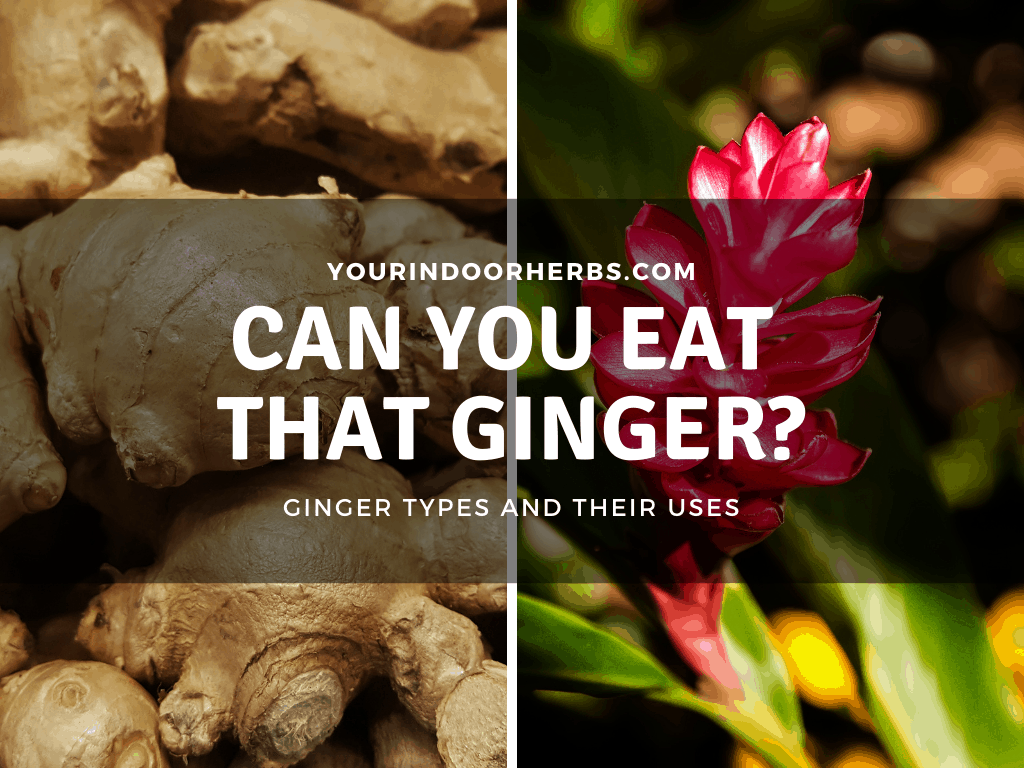
Featured Articles by Season
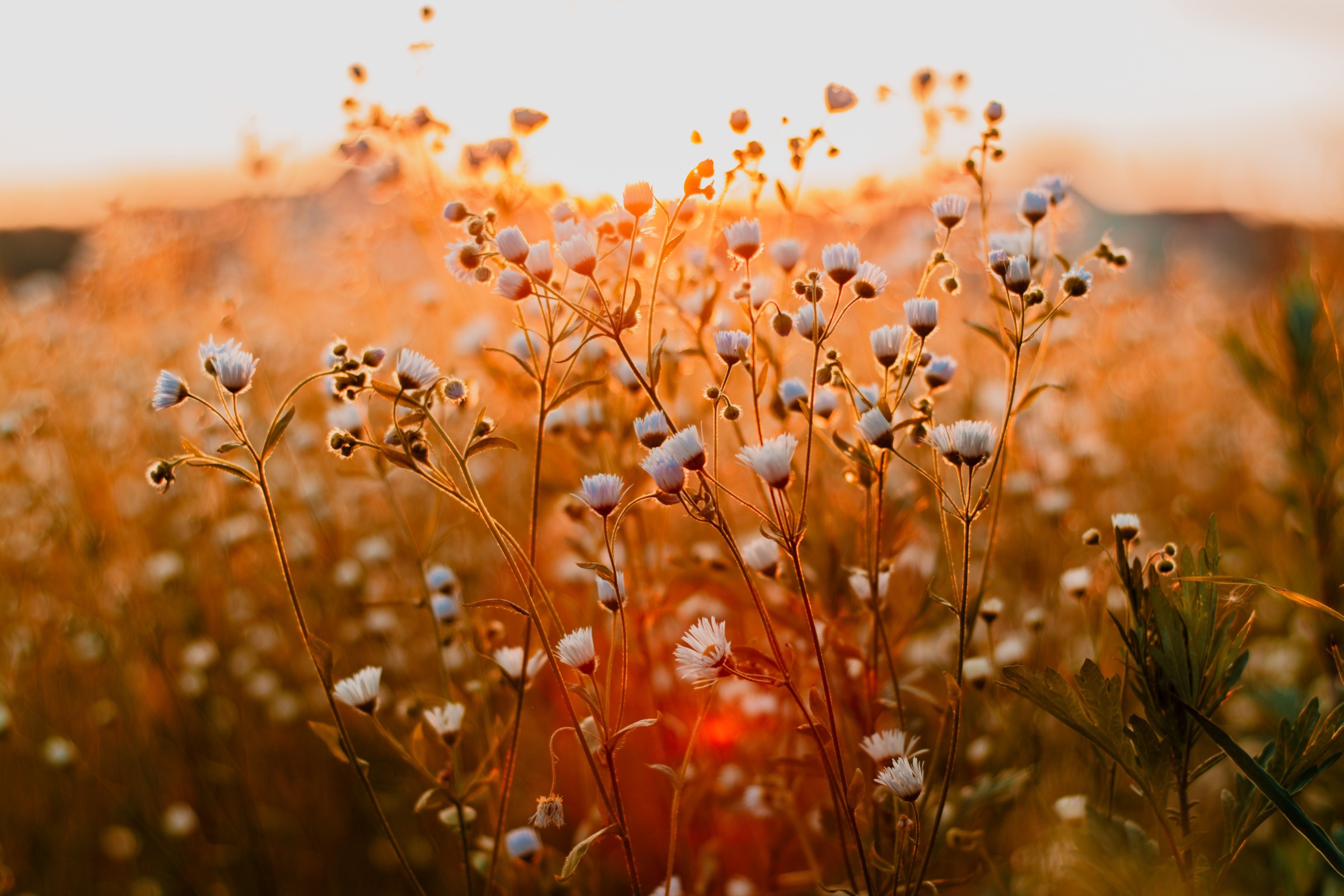
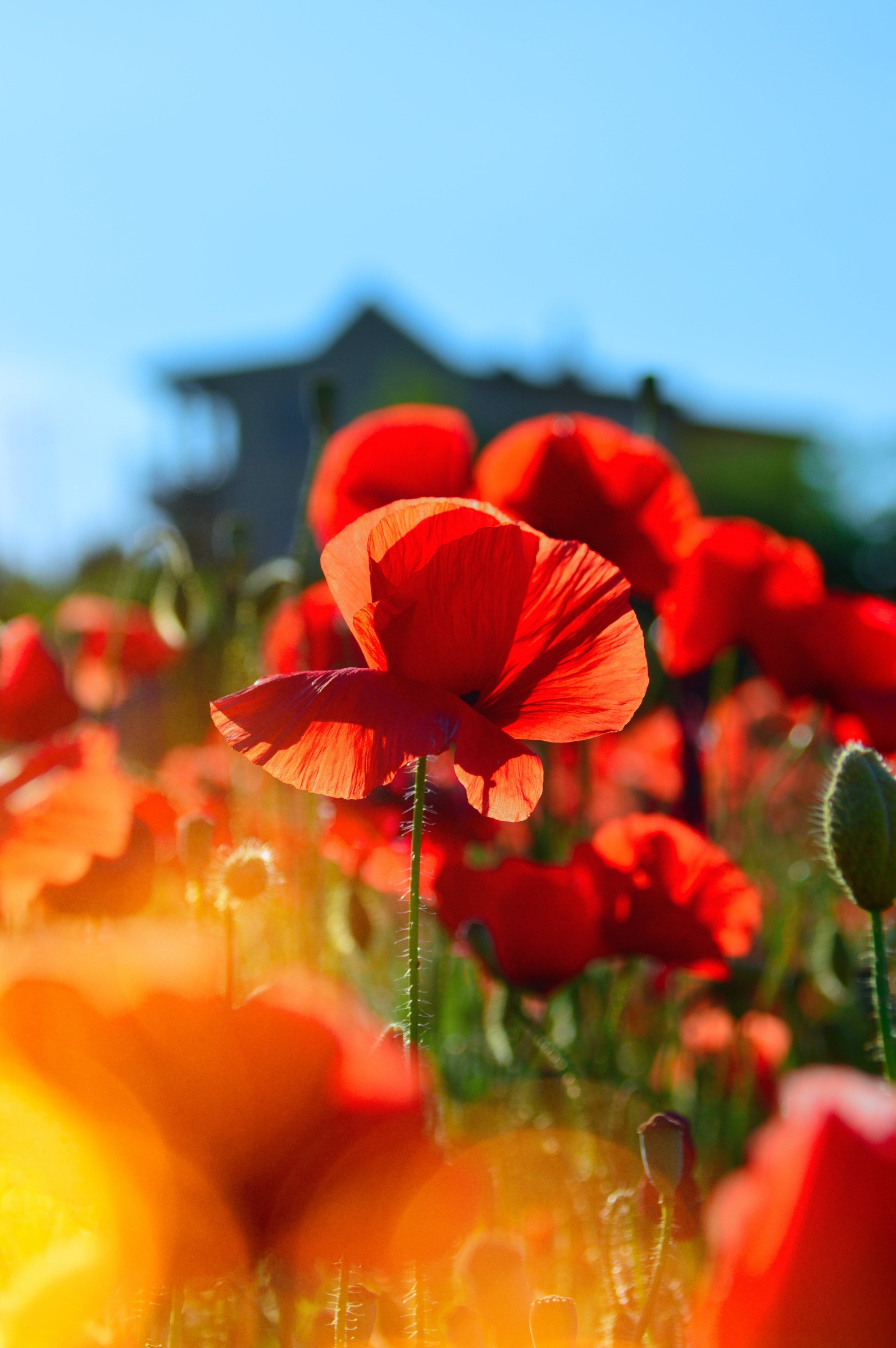
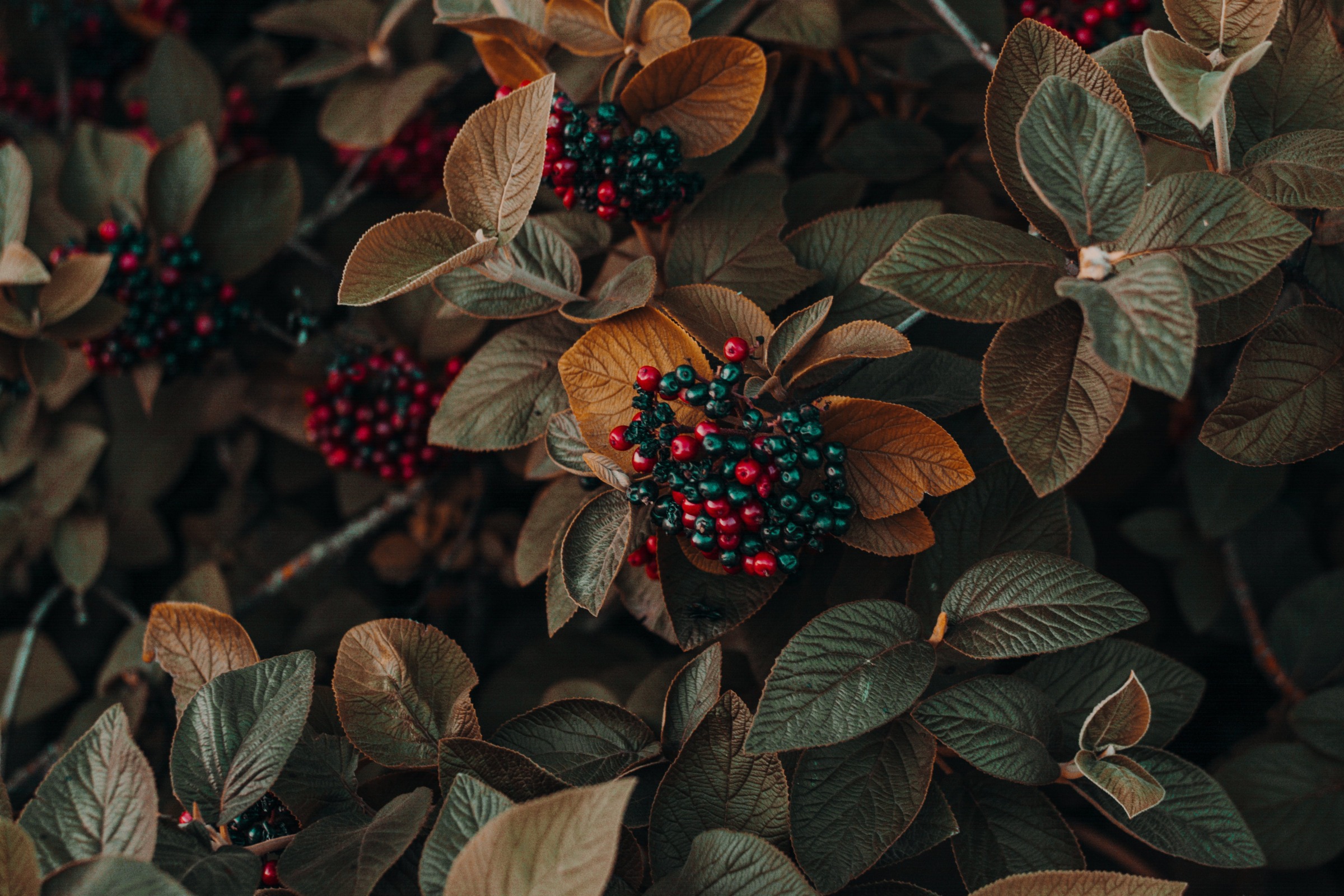
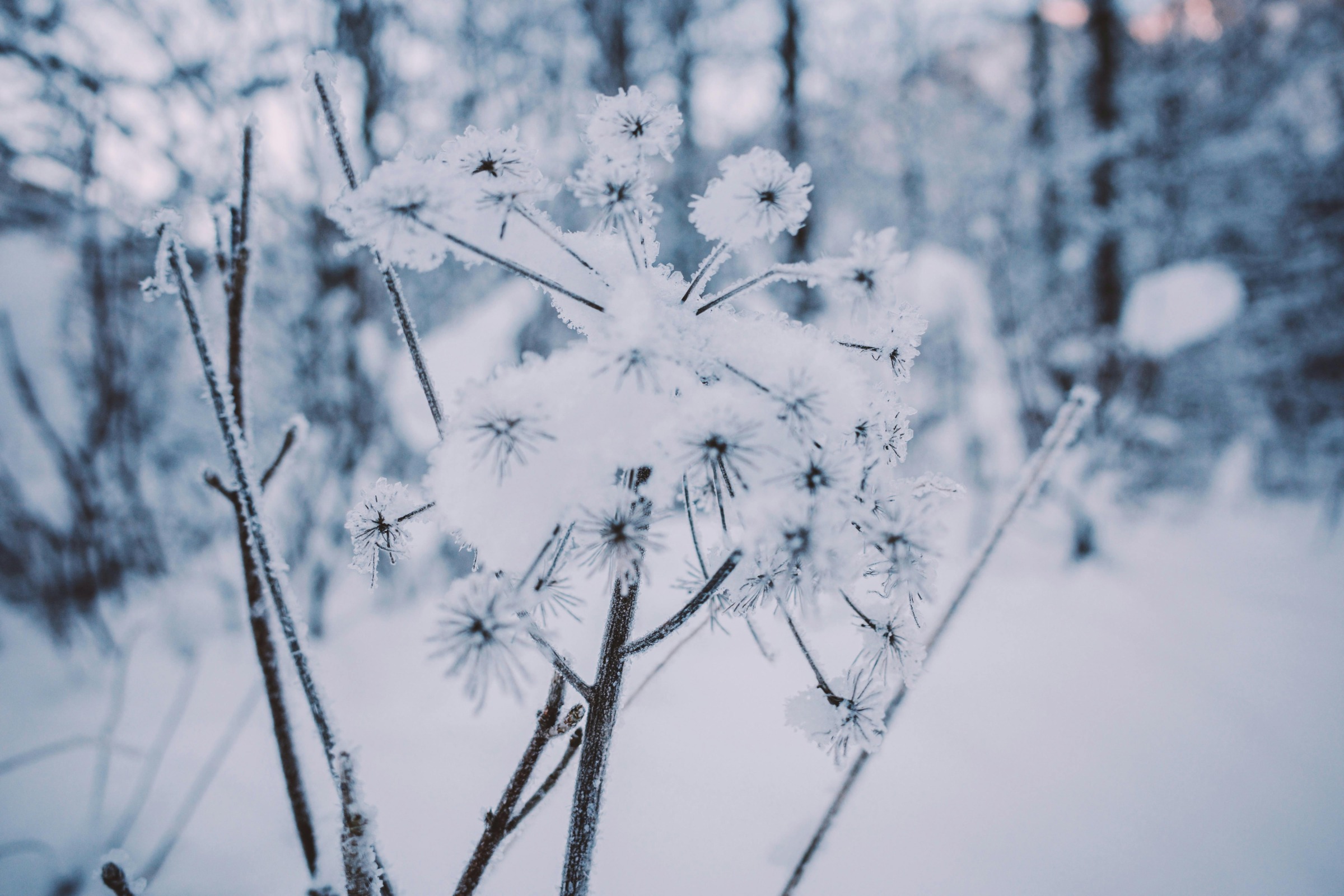
Ask Your Gardening Question
If you’re unable to find the information you need, please submit your gardening question here:
Ornamental and Culinary purposes Ginger plants to grow in your garden | Best varieties of Ginger
FAQ
What type of ginger plant is edible?
Edible or culinary ginger is the fat, knobby, aromatic rhizome of Zingiber officinale, a tender herbaceous perennial plant in the large ginger family …
How to tell if ginger is edible?
Texture: If the ginger root is soft or mushy, it’s best to discard it. Fresh ginger should be firm to the touch. Smell: If the ginger has an off or sour smell, it may have gone bad. Taste: If the ginger is still firm and smells fine, you can cut off any dry or shriveled parts and use the rest.
Which ginger plant is best for eating?
- Alpinia caerulea green form – native ginger. …
- Alpinia zerumbet – variegated shell ginger. …
- Dichorisandra thyrsiflora – blue ginger. …
- Alpinia caerulea – native redback ginger. …
- Turmeric. …
- Alpinia caerulea green form – native ginger. …
- Alpinia zerumbet – variegated shell ginger. …
- Dichorisandra thyrsiflora – blue ginger. $8.35.
Which ginger plants are not edible?
Hidden ginger, aka Queen Lily (Curcuma petiolata), is a non-edible tropical ornamental ginger. Plant the rhizomes after the fear of the last spring frost has passed. They must be planted in organically rich, well-drained, moist soil. Hidden ginger grows 1 to 3 feet tall and is a slow spreader from 1 to 1 ½ feet wide.
What is the difference between edible and wild ginger plants?
Edible ginger varieties are grown for their spicy roots and leaves whereas Ornamental ginger plants are grown for their flowers and foliage for the ornamental/floristry market. Wild gingers on the other hand grow in the wild and are generally used as ground covers. Ginger plant varieties include:
Are ornamental ginger plants edible?
Some parts of ornamental ginger varieties may be edible. You may even find some types of ginger plants that are good for your garden or for growing indoors. Before you think about adding ornamental ginger to your garden display, it is important to know that ginger is a sub-tropical plant.
What do Ginger flowers look like?
It is also orally used to treat cough, cold, and even bronchitis The flowers are bright pink at the top parts of the flower head. In the lower parts, they appear to be faint yellow in color. Ginger is not just a plant but a family of plants and contains edible ginger and ornamental ginger plants.
Are yellow ginger rhizomes edible?
Growing up to 5-6 feet tall, the fleshy rhizomes of yellow ginger are edible but not as flavorful as common ginger. Gardeners usually grow it for its highly fragrant flowers. Growing Tips Grow it in well-drained and moderately fertile soil.
Are pink ginger tulips edible?
Other Names: Pink Ginger Tulip, Pink Ginger Plant If you love flowers then this ginger is a must-have in your garden. It blooms pretty pink blossoms with a red hue – they are also edible. Growing Tips Use a well-draining growing medium. Expose the plant to not more than 3-4 hours of direct sunlight.
How do you grow edible ginger?
Edible ginger can be easily grown from pieces of fresh rhizomes. Pictures of the growth stages: Start with a healthy rhizome 3-4 inches long with visible growth buds. Trim off any roots or stems. Soak the rhizome pieces overnight in warm water to trigger growth. Allow to dry slightly before planting.






